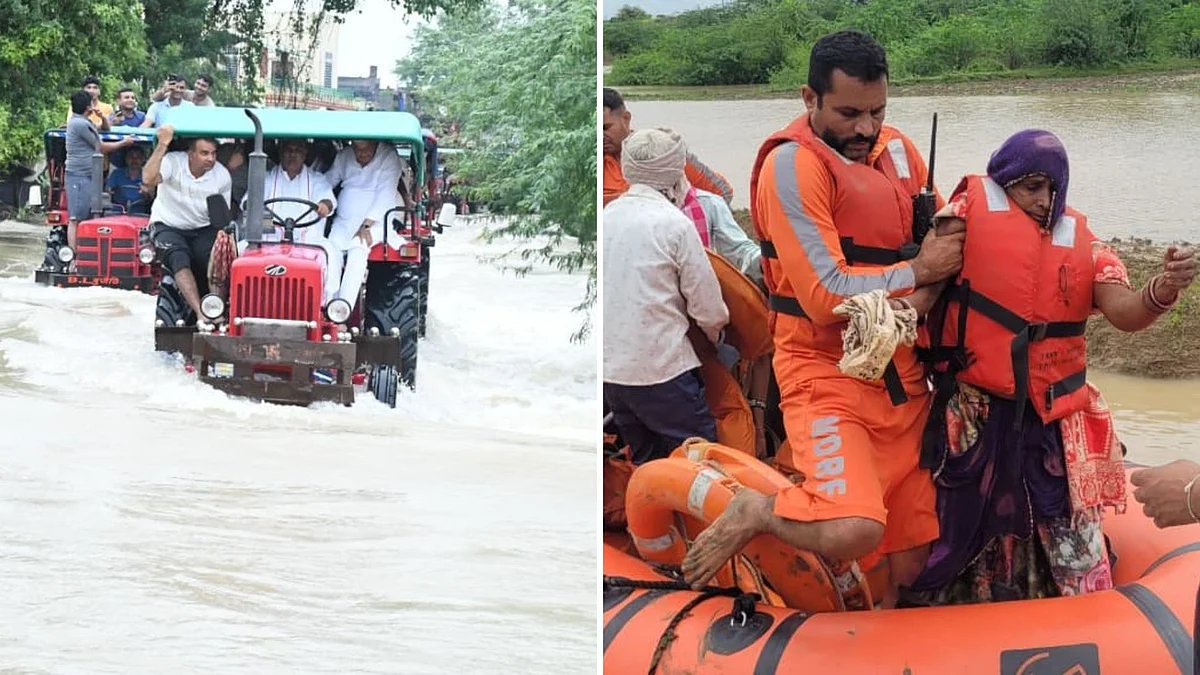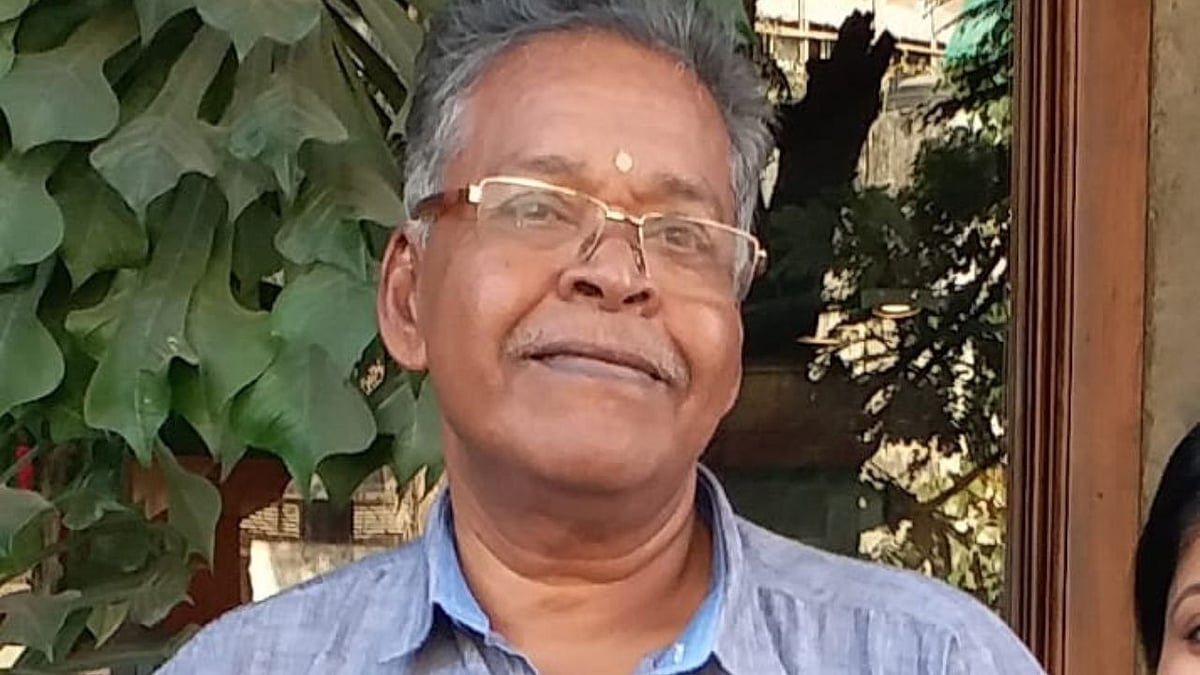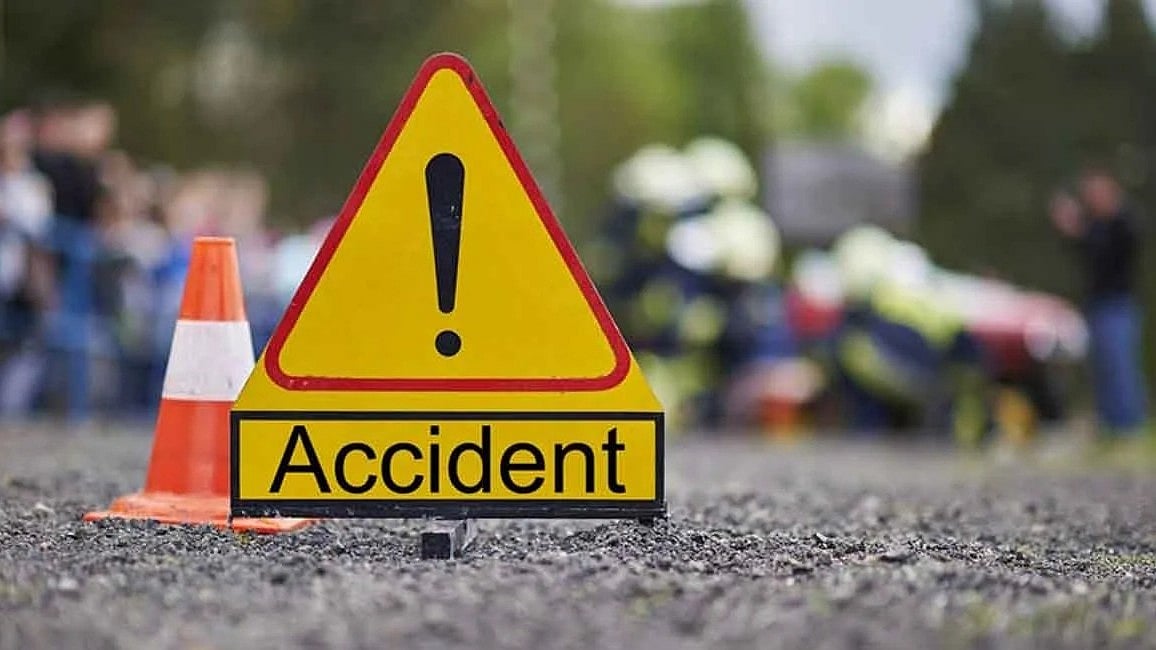Mumbai as we know it today was known as Bombay earlier. It was aptly named by the Portuguese; Bom meaning beautiful and Bombay meaning a beautiful bay. Beautiful, yes if not majestic I would say. Beautiful Islands with mangroves, mudflats, dense terrestrial forests, teeming with wildlife it truly was a paradise.
Today we preside over the skeletal remains of what once was a rich natural legacy. The British started its denigration by reclaiming the islands to form a single large landmass. But we Indians took it upon ourselves to show the world that we could outdo the British in the destruction of the environment and natural assets of Mumbai. We continue on the path even today. On world environment Day let us take stock of what remains today.
The only city In India with two protected wildlife areas inside it is crumbling today. Deforestation, denuding of the landscape, reclamation of wetlands, choking the rivers, turning rivers into drains, dumping waste wherever convenient, promoting constructions where it should not be done, creating floods due to excessive concretisation you name it and we have excelled in this art.
Every construction project today takes away trees and vegetation and the loss is permanent. Potted decorative palm trees kept in townships are passed off as “compensatory plantation”. The Tree preservation Authority which is supposed to protect the trees has permanently altered its mandate and has only one goal which is to clear proposals for removal of trees. Sadly this continues even after High court monitored committees have confirmed that the compensatory afforestation claims are hollow and we are steadlly losing our trees.
Talking of trees, Mumbai`s trees no longer resemble trees. They stand like a footballer with a tuff of hair on top of the scalp and sides completely shaven off. All branches are mercilessly trimmed even during the nesting season of birds and the little foliage left on top is to remind people that the structure they see is supposed to be called a tree. The base of every tree is concretised and without enough soil to anchor itself the trees are toppling over one by one.
Temperatures of the city are soaring with each year and the stifling atmosphere makes it difficult to breathe. Buildings jostling for space prevent any kind of air circulation. To see the sky or experience the wind, one has to go to the sea front. That’s how bad it is.
Even the seafront now brings in air which has added chemicals from vehicular exhaust in it thanks to the roads made in it. Mangrove areas like Malwani, Dahisar have been extensively encroached upon.
Citizens have fought long battles to secure mangroves and have managed to get areas transferred to the forest department. This success is temporary as every project that is planned by the Govt agencies, which destroys the mangroves is allowed by the same judiciary that protected it in the first place. The absurdity of this is best understood when permissions are given to remove mangroves of Mumbai and compensatory plantation is to be done in Palghar.
Solid waste management is a sore point. The BMC operates the largest dumping ground for unsegregated municipal waste in the state on 121 hectares of salt marsh/ Mangrove/Mudflats at Kanjurmarg. This mismanagement of waste has been masquerading as a scientific waste management site. What is scientific or rocket science in leaving the waste in the open to rot ? Lakhs of citizens breathe foul air in a 5 km radius of the site.
The Thane Creek Flamingo Sanctuary continues to receive untreated sewage and effluents. The entire coastline including the beaches are severely contaminated with untreated sewage and visitors frolic in this sewage infested waters. The helplessness of the Govt in implementing the Maharashtra Non Degradable Garbage Control Act to tackle the plastic menace will soon make the city a stinky eyesore with huge health hazards for citizens.
The Sanjay Gandhi National Park (SGNP) continues to be eaten away by slums. The rivers of Mumbai namely Mithi, Dahisar, Poisar and Oshiwara have been transformed into waste discharge channels. The riversides are not meant for leisure or even visible. Buildings have come up next to the rivers thanks to the so called flood control measures taken up by the urban development authorities. The rivers were walled in even inside forested areas. This was done exclusively to create land for real estate. Lakes and natural water bodies have been “beautified” by the politicians and converted into cement concrete tanks devoid of biodiversity.
Natural areas like Aarey, Vihar lake etc continue to be deliberately neglected in the hope that it will eventually be handed over to real estate. Vihar lake is a classic example of how a natural area used by thousands of families has been kept out of bounds for citizens. This deprivation has been done under the bizarre, ridiculous excuse of security concerns.
The problems galore. We all stand next to the bed of a seriously ill patient (the city of Mumbai). What we do next will determine whether the patient makes a full recovery or perishes. It seems like a losing battle but no war is lost till the last battle is lost. The problem with Mumbai is that it is almost like a nulliparous city with no children of its own. Most of the population is busy feeding off it without caring for it. Till the sense of bonding and responsibility dawns upon the citizens and the choice of leaders made out of that emotion becomes a reality, its downhill for Mumbai.
A one day celebration of the world environment day is tokenism at its best. Its time to walk the talk. Whether Mumbaikars are willing to do that will determine whether the patient will recover or perish.
(The author is a prominent environmentalist and founder of Vanashakti)









